Conteúdo
Imagine passar um tempo considerável elaborando um conteúdo exclusivo e valioso. Você pode até ter trabalhado com uma dúzia de títulos antes de chegar ao título perfeito. Entretanto, depois de compartilhar o conteúdo, você descobre que ele não está gerando tantos cliques quanto você esperava.
Quando se trata de marketing digital, os cliques se traduzem em dinheiro. Portanto, desenvolver uma estratégia para otimizar e melhorar seus links pode ajudar muito a impulsionar seus esforços de marketing. Muitas empresas não pensam duas vezes em seus links. No entanto, há técnicas que você pode usar para ajudar seus links a lhe dar uma vantagem competitiva.
Nesta postagem, discutiremos alguns dos erros comuns que as empresas cometem com seus links. Em seguida, explicaremos três motivos pelos quais as pessoas podem não estar clicando em seus links e como você pode fazer com que eles pareçam mais confiáveis. Vamos começar!
Por que os links são cruciais para seu marketing on-line
Como profissional de marketing, você já sabe que o conteúdo é rei. Infelizmente, a expressão popular "construa-o e eles virão" não se aplica ao marketing on-line. Se quiser que seu conteúdo chame a atenção e gere conversões no ambiente digital lotado de hoje em dia, você precisa construir uma ponte que conecte seu público às suas ofertas.
Os links são os veículos que transportam os clientes em potencial para seus produtos. Eles podem influenciar tudo. otimização de mecanismos de busca (SEO)tráfego do site, taxas de engajamento e conversãoe muito mais. Simplificando, eles são um elemento extremamente importante do marketing on-line eficaz.
Backlinks, permalinks e links internos desempenham um papel importante na cadeia de marketing de conteúdo. A forma como eles são formatados e onde são colocados pode fazer a diferença entre um cliente fiel e um cliente perdido.
3 razões pelas quais as pessoas podem não clicar em seus links
A primeira etapa para descobrir como usar os links a seu favor é descobrir os métodos atuais que podem estar prejudicando você. Vamos dar uma olhada em três motivos pelos quais as pessoas podem não clicar nos seus links.
1. O comprimento do link faz com que pareça spam
Conquistar a confiança dos consumidores é essencial quando se trata de marketing. Infelizmente, os links gerados automaticamente geralmente incluem caracteres supérfluos.
Além de parecerem longos e feios, eles podem parecer não confiáveis. Atualmente, a maioria dos consumidores on-line está, pelo menos, um pouco ciente dos perigos da Internet. Ninguém quer ser vítima de um ataque de malware ou de um comportamento criminoso cibernético semelhante. Portanto, para muitas pessoas, os links que parecem minimamente suspeitos não valem o risco.
Para evitar que os consumidores descartem prematuramente seus links como spam, é útil encurtar seus permalinks. Isso é fácil de fazer no WordPress. Basta clicar no título caixa de seu post ou página e, em seguida, clique em Editar ao lado do Link permanente campo:
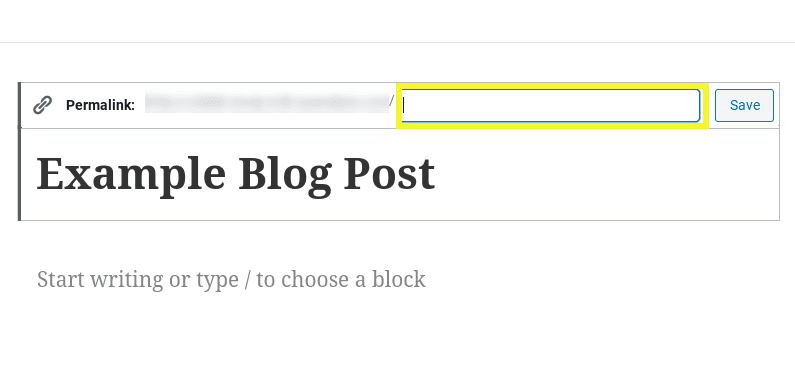
A prática recomendada com permalinks é incluir somente o necessário. Por exemplo, reduza-o às principais palavras-chave que indicam o assunto da postagem. Na verdade, você pode até usar simplesmente a palavra-chave de foco da sua postagem.
2. Seus links não se destacam
Semelhante a botões de chamada para ação (CTA)Por isso, é importante garantir que seus links estejam posicionados corretamente e visíveis. As pessoas não clicarão em um link ou botão se não perceberem que ele está lá.
Na maioria das plataformas, a configuração padrão dos hiperlinks é azul. Isso ajuda as pessoas a reconhecerem um link que, com sorte, as levará a um conteúdo relevante.
Para fazer com que seus links se destaquem, considere o uso de cores em negrito que contrastem fortemente com os outros elementos da página. Para escolher cores que contrastem de forma complementar, você pode usar um como o Color Safe:
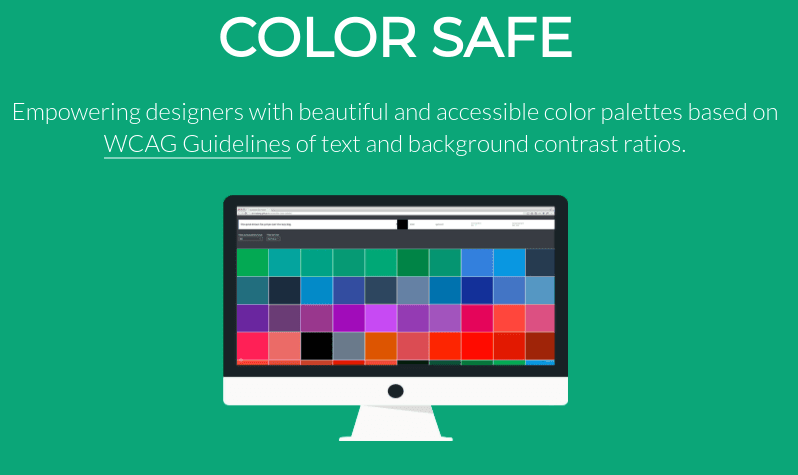
O Color Safe facilita a geração de uma paleta de cores com base nas cores de sua marca. Ele também ajuda recomendando cores que não prejudicam a acessibilidade do conteúdo.
3. Os usuários não sabem para onde o link está indo
Se você quiser convencer alguém a atravessar uma ponte, será muito mais fácil se essa pessoa souber aonde ela vai dar. O problema com muitos links gerados automaticamente é que eles não oferecem transparência. Até mesmo algumas ferramentas genéricas de encurtamento de links são culpadas por isso.
Para evitar confusão ou desconfiança, é fundamental dar ao leitor pelo menos uma ideia de para onde ele está indo. É mais provável que as pessoas cliquem em um link se souberem para qual site ele está apontando ou sobre o que se trata o tópico.

Incorporar sua marca ao URL (também conhecido como marca do link) não apenas inspira confiança e transparência. Ela também pode ajudar a aumentar o reconhecimento da marca.
Como fazer com que sua aparência pareça mais confiável
Links encurtados são exatamente o que parecem: versões reduzidas de URLs que, de outra forma, seriam longos. Da mesma forma, os links de marca incluem uma versão do nome da marca.
Para fazer com que seus links pareçam mais confiáveis (e aumentar a capacidade de serem clicados), é uma boa ideia usar URLs curtos e com marca. Além de terem melhor aparência, eles também são mais fáceis de memorizar.
Você pode fazer isso com nosso PrettyLinks plugin:
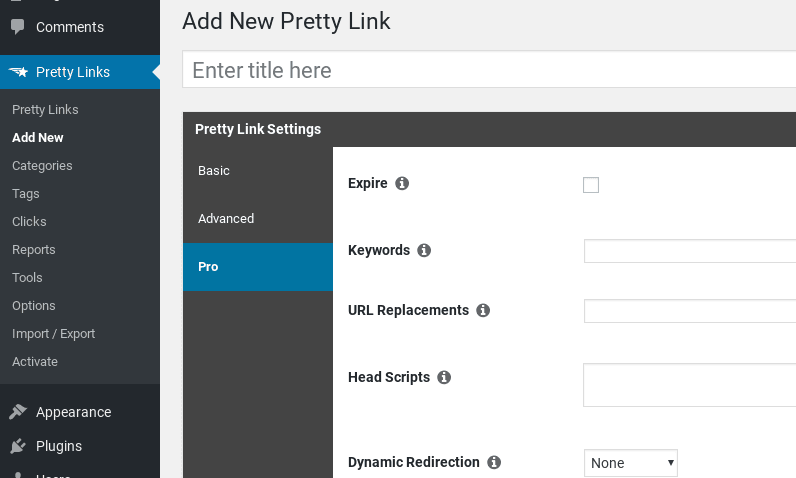
A versão gratuita de shortlinks do plug-in PrettyLinks permite que você crie links limpos diretamente do painel do WordPress. Por upgrade para o plano premiumÉ igualmente fácil marcar seus links.
Conclusão
Nem todos os links são iguais. Se você não estiver satisfeito com o número de cliques que seu conteúdo está obtendo, pode ser porque seus links são problemáticos. Se quiser que seu conteúdo gere mais cliques, é importante garantir que seus links sejam confiáveis.
Como discutimos neste artigo, há três motivos pelos quais as pessoas podem não clicar em seus links (que nosso plug-in PrettyLinks podem ajudá-lo a prevenir) são:
- O comprimento dos links faz com que eles pareçam spam.
- Seus links não se destacam.
- Os usuários não sabem para onde o link está indo.
Você tem alguma dúvida sobre como tornar seus links mais confiáveis? Fale conosco na seção de comentários abaixo!





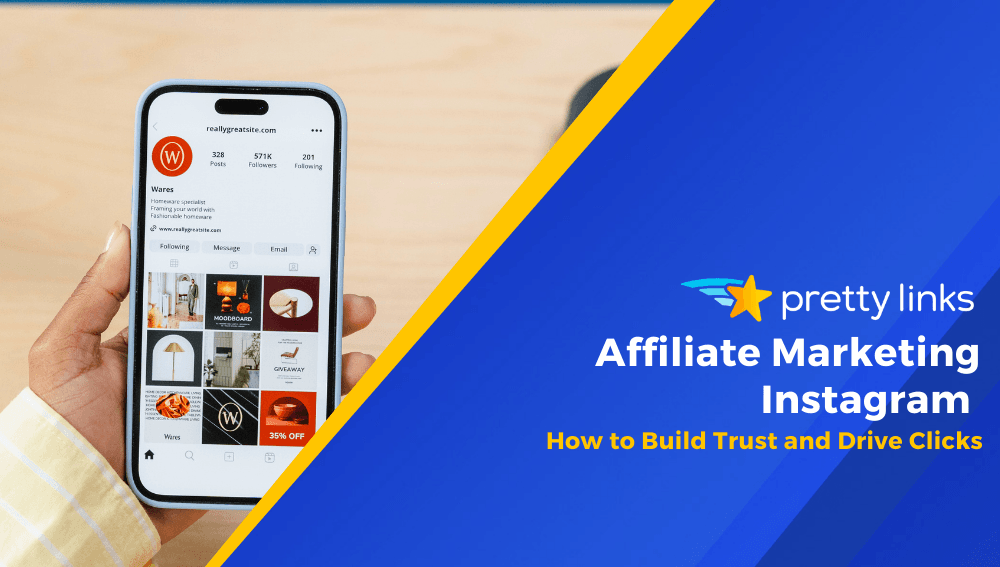
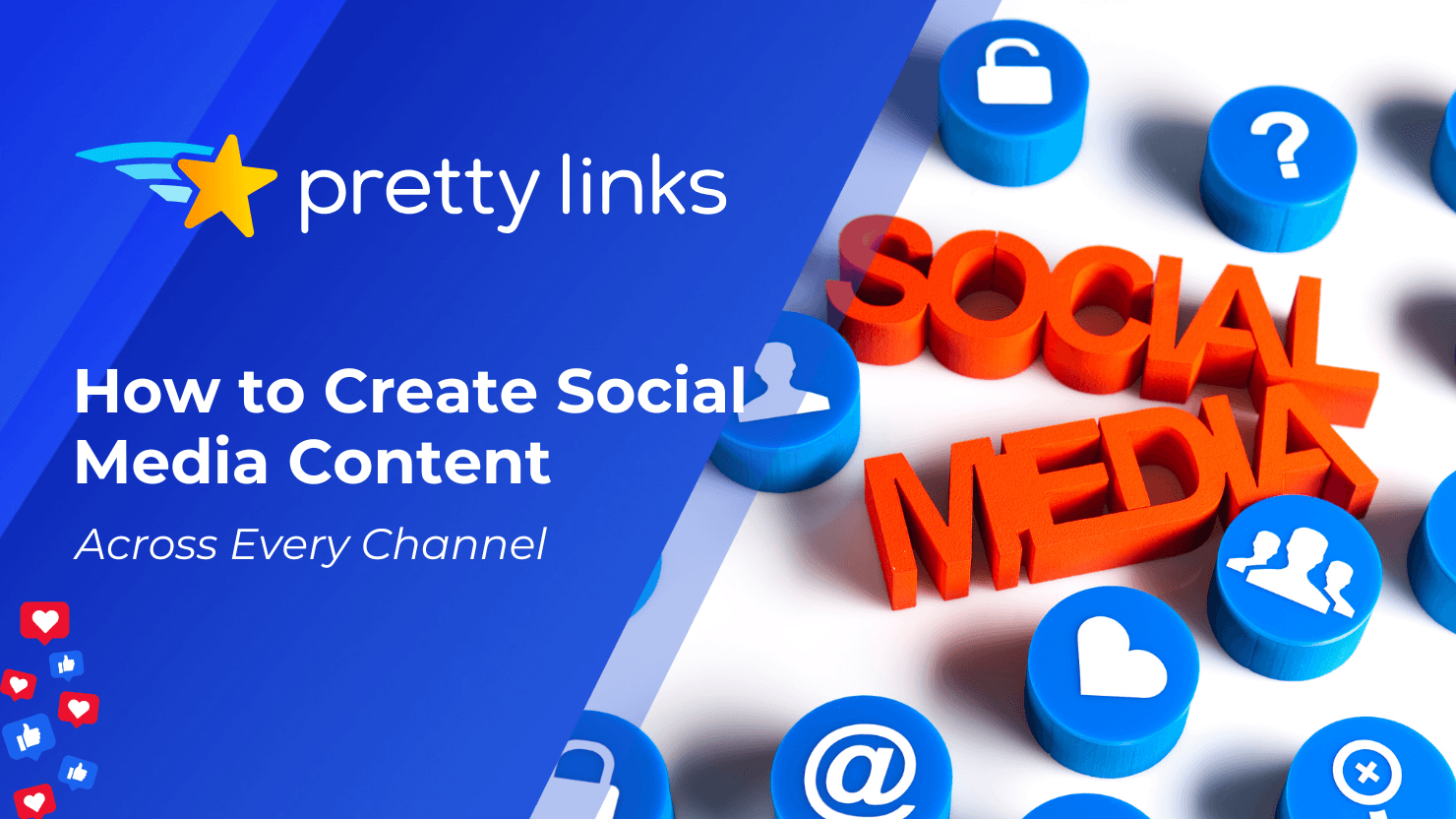
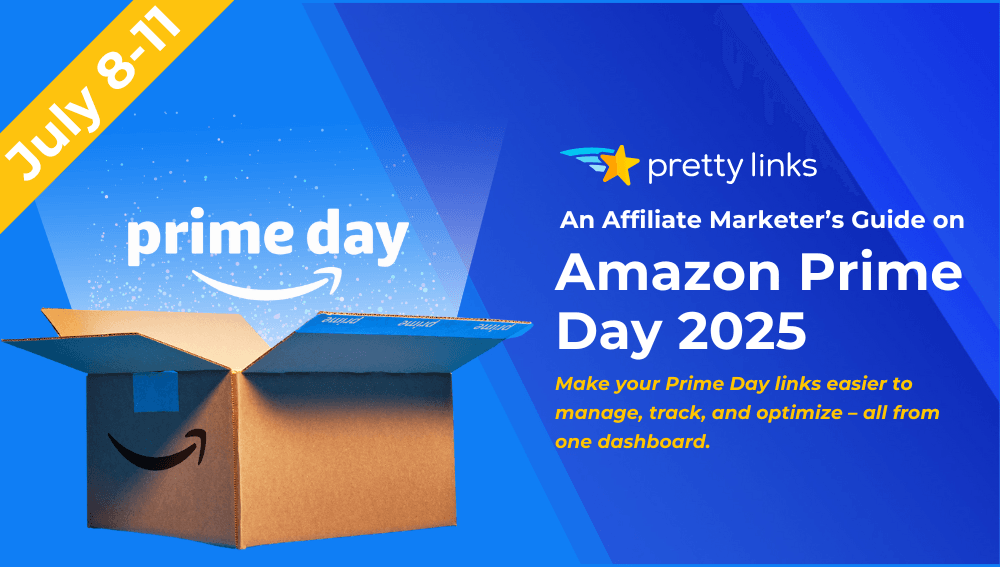
Deixe um comentário